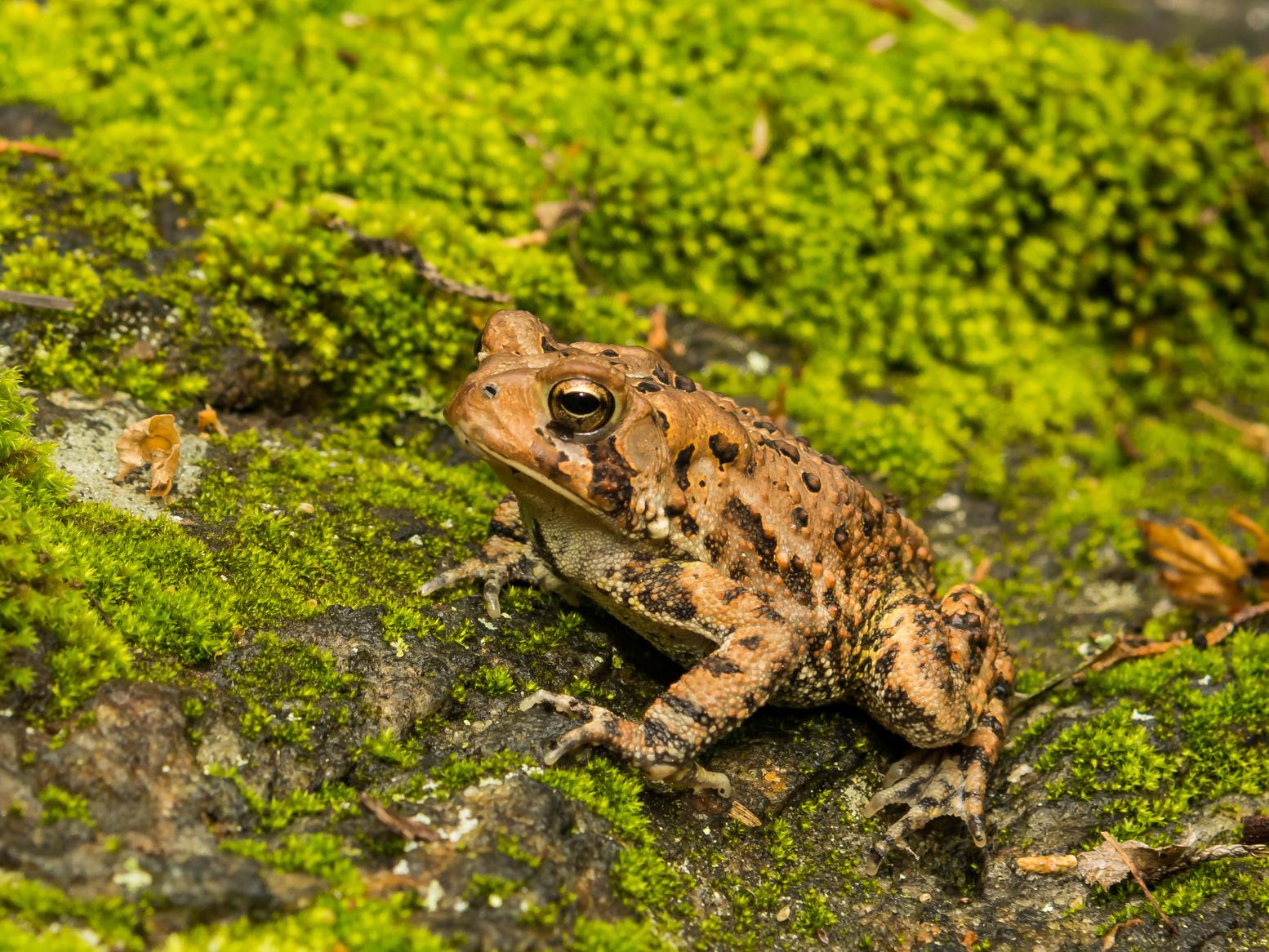Amphibians threatened with extinction by effects of streetlights and illuminated buildings
Study suggests artificial lighting stunts growth of toads and drives frogs from breeding grounds

Your support helps us to tell the story
From reproductive rights to climate change to Big Tech, The Independent is on the ground when the story is developing. Whether it's investigating the financials of Elon Musk's pro-Trump PAC or producing our latest documentary, 'The A Word', which shines a light on the American women fighting for reproductive rights, we know how important it is to parse out the facts from the messaging.
At such a critical moment in US history, we need reporters on the ground. Your donation allows us to keep sending journalists to speak to both sides of the story.
The Independent is trusted by Americans across the entire political spectrum. And unlike many other quality news outlets, we choose not to lock Americans out of our reporting and analysis with paywalls. We believe quality journalism should be available to everyone, paid for by those who can afford it.
Your support makes all the difference.Lighting from cars, buildings and streetlights is keeping toads up at night and stunting their growth, while also preventing frogs from laying their eggs, according to a new study.
In populations of amphibians that are already in severe decline thanks to toxic chemicals, diseases and habitat destruction, the disturbance caused by light pollution could be pushing them over the edge.
Artificial lights have transformed the night-time environment across a fifth of the planet’s surface and this is expected to increase rapidly in coming years.
Despite the scale of this disturbance, relatively little is known about the impact this is having on the animals whose habitats have been profoundly changed by 24-hour lighting.
This was noted by Kacey Dananay, a graduate student at Case Western Reserve University College, who began considering the impact of artificial lights while investigating the effect of chemicals from road salt on local amphibians.
She began working on a project with her supervisor, ecologist Dr Michael Benard, in which they constructed artificial ponds and observed the effects of constant light on toads.
As the toads grew up, the light made them behave strangely.
“If we continued exposing them to artificial light they changed their behaviour so they were active more at night, and they also had slower growth – about 15 per cent smaller at the end of the experiment,” Dr Benard told The Independent.
The stunted growth seen in the illuminated toads was likely the result of a 24-hour lifestyle in which they never had a moment to rest.
“They’re always out there, always moving, so this may mean they are burning more energy and growing less,” said Dr Benard.
Alternatively, the artificial light might change the internal chemistry of the unfortunate amphibians, messing with their stress hormones or melatonin, which controls circadian rhythms.
In an unexpected twist, the scientists found their experiments were invaded by local treefrogs, adding another layer to their investigation.
While the frogs were happy to lay their eggs under cover of darkness, they avoided any pools that were lit up, suggesting that amphibians are being driven from their breeding grounds in areas subject to constant illumination.
These results were published in the journal Proceedings of the Royal Society B.
With constant lighting now ubiquitous throughout much of the world, the researchers are concerned it is working in combination with other factors that are driving so many amphibians to extinction.
“What has emerged in the last 20 years with amphibian declines is stressors that are interacting with one another – so chemical contaminants may make an animal more susceptible to disease, for example,” explained Dr Benard. “I suspect artificial light is also doing this.”
Many forms of artificial lighting are essential, not least car headlights, but Dr Benard said there was a need to reconsider more aesthetic lighting used in buildings and advertisements in order to minimise the harm to local ecosystems.
Join our commenting forum
Join thought-provoking conversations, follow other Independent readers and see their replies
Comments